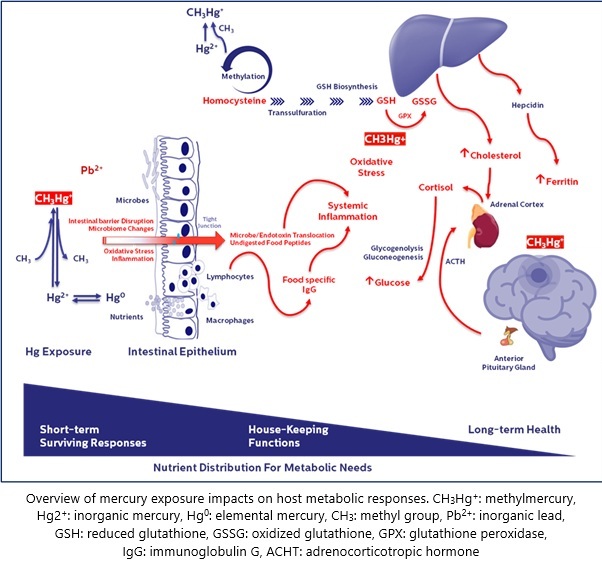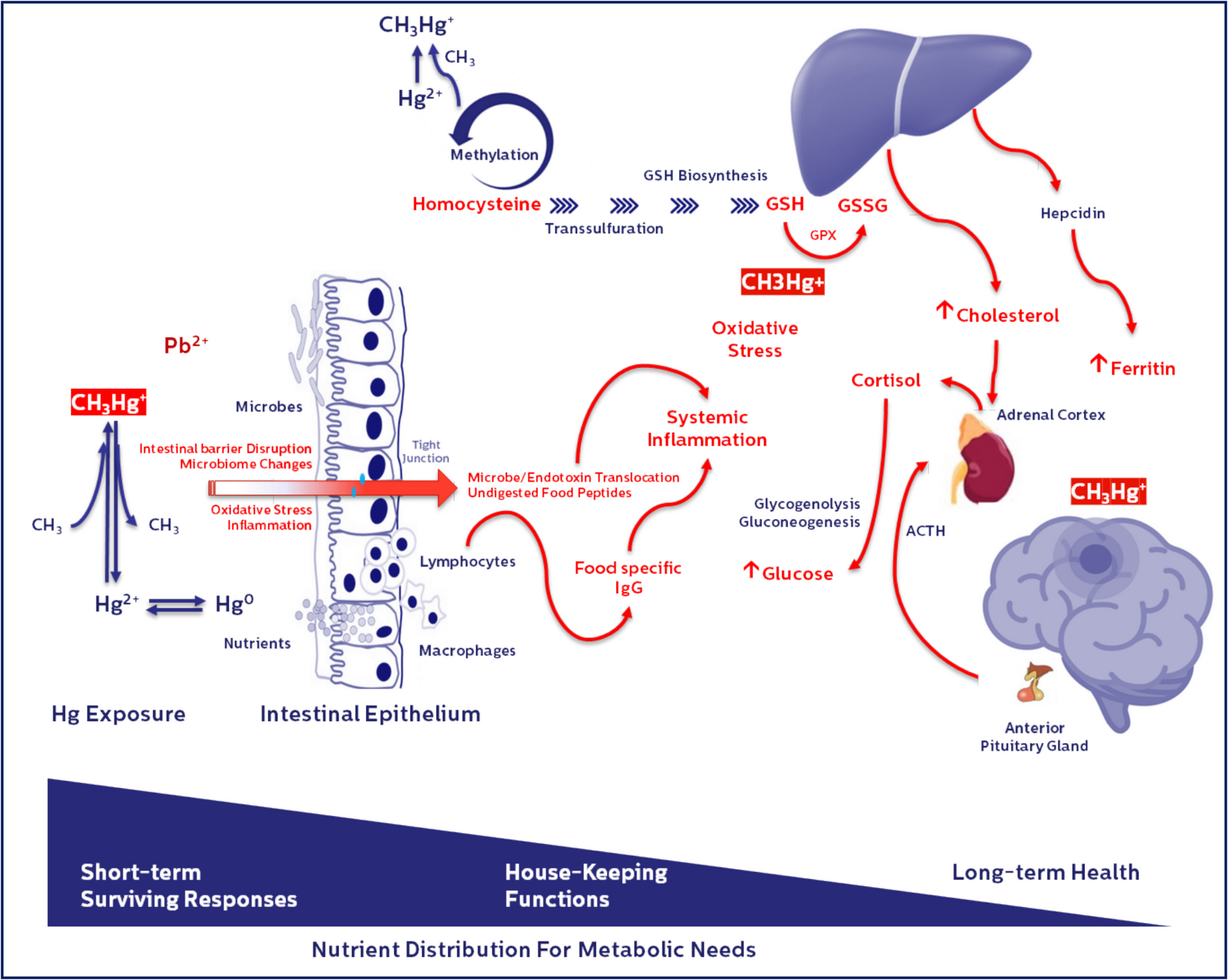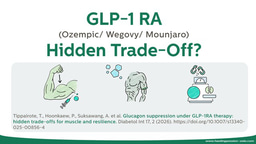Mercury, the Gut, and Parkinson’s Disease—A Case Series from Thailand
Published in Neuroscience, Biomedical Research, and General & Internal Medicine

When we embarked on this case series, our goal was simple: to listen more deeply to the lived experiences of our Parkinson’s disease (PD) patients and investigate what might be hiding beneath the surface of conventional assessments. Over the years, we began noticing a recurring pattern—non-motor symptoms like gastrointestinal distress and fatigue often emerged before classic PD signs. These symptoms rarely received the clinical attention they deserved, but they sparked a question: Could there be an upstream trigger, particularly one involving environmental exposures?
In our recently published paper in SN Comprehensive Clinical Medicine, we explore a potential association between chronic low-level mercury exposure, gut barrier dysfunction, and PD progression. We examined three Thai male patients with idiopathic PD, each with elevated blood mercury levels and evidence of gut permeability dysfunction, as indicated by food-specific IgG patterns. The results, while preliminary, point to a potentially underrecognized pathway through which environmental toxins may exacerbate neurodegeneration.
What made these cases stand out?
Despite similar PD diagnoses, the patients’ clinical trajectories diverged sharply. One patient showed significant improvement with dietary changes and antioxidant support. Another remained stable, while the third experienced marked disease progression alongside persistently high toxin levels, chronic inflammation, and metabolic dysregulation. These differences suggest that allostatic load—the cumulative burden of stressors including toxins, inflammation, and metabolic imbalance—may influence how PD unfolds in each individual.
Challenges behind the scenes
One of the biggest hurdles we faced was the limited availability of specific gut barrier biomarkers in routine clinical settings. We had to rely on food-specific IgG panels as surrogate indicators—a strategy not without controversy, but useful in guiding elimination diets and exposure management. Another challenge was helping patients and caregivers navigate the emotional and logistical complexity of long-term dietary and lifestyle modifications, which often require sustained motivation and clinical support.
Why this matters
While mercury’s role in neurotoxicity is well established in high-dose exposures, its impact at chronic, low levels—especially when combined with other stressors like lead, metabolic imbalance, and gut dysfunction—is far less understood. Our findings add to the growing body of evidence that neurodegenerative diseases like PD may involve systemic and environmental contributors beyond dopamine deficiency. They also underscore the need for personalized medicine approaches that account for toxic burden, redox balance, and gut health.
Looking ahead
This case series is not the final word, but rather an invitation for deeper inquiry. We hope it inspires future research on toxin kinetics, gut-brain interactions, and precision care strategies in PD. If there's one thing our patients have taught us, it’s that resilience isn’t just about what we treat—it’s about understanding what each person is carrying.
Follow the Topic
-
SN Comprehensive Clinical Medicine

A broadly based, peer reviewed journal that publishes original research in all disciplines of clinical medicine and their subspecialties, including all aspects of Imaging, Surgical and Medical studies related to diagnosis, treatment and management.
Related Collections
With Collections, you can get published faster and increase your visibility.
Biological age and Frailty
Publishing Model: Hybrid
Deadline: Ongoing
Multimodal Imaging of Neurological Disorders: Advanced Neuroimaging in Clinical Practice
Publishing Model: Hybrid
Deadline: Ongoing


Please sign in or register for FREE
If you are a registered user on Research Communities by Springer Nature, please sign in